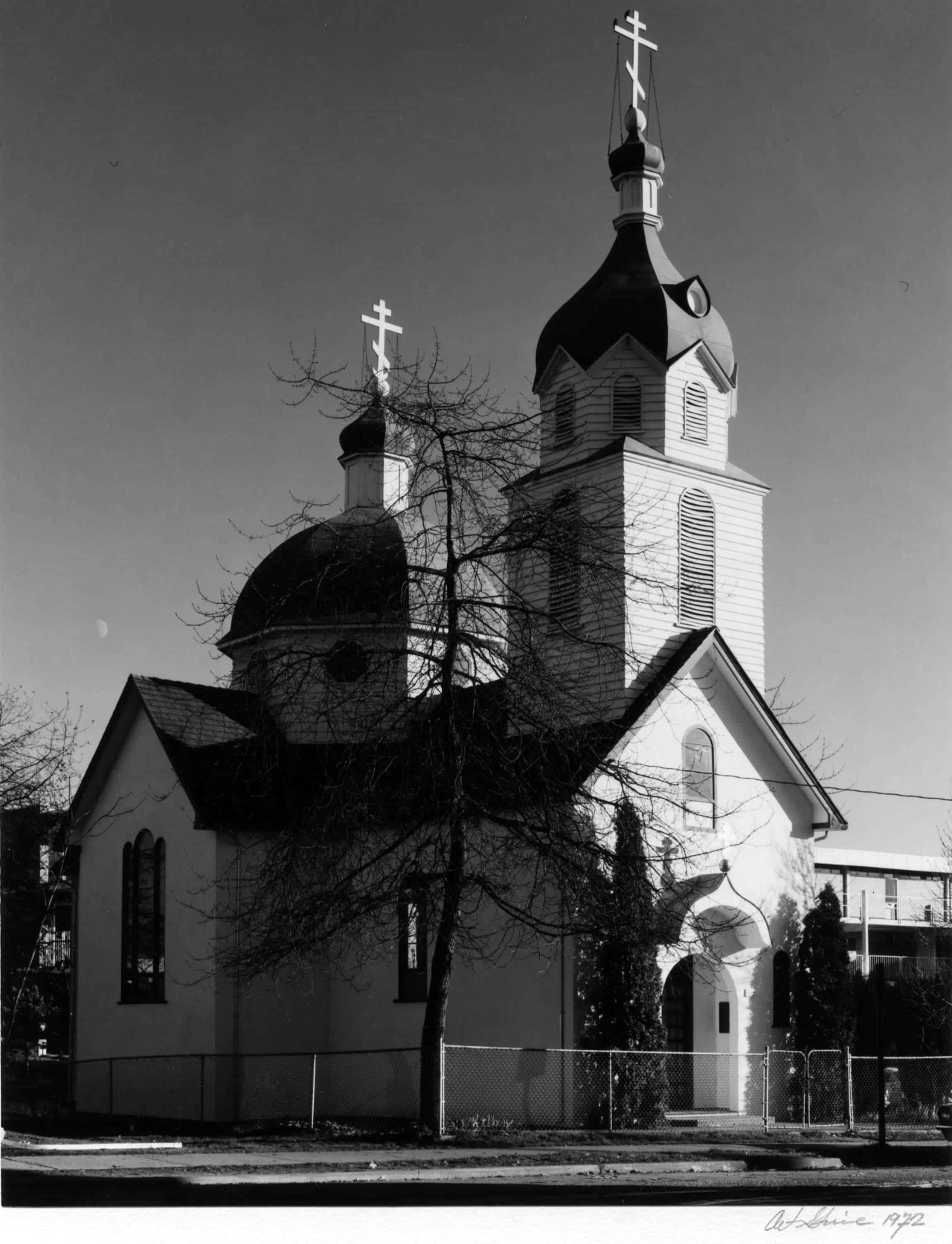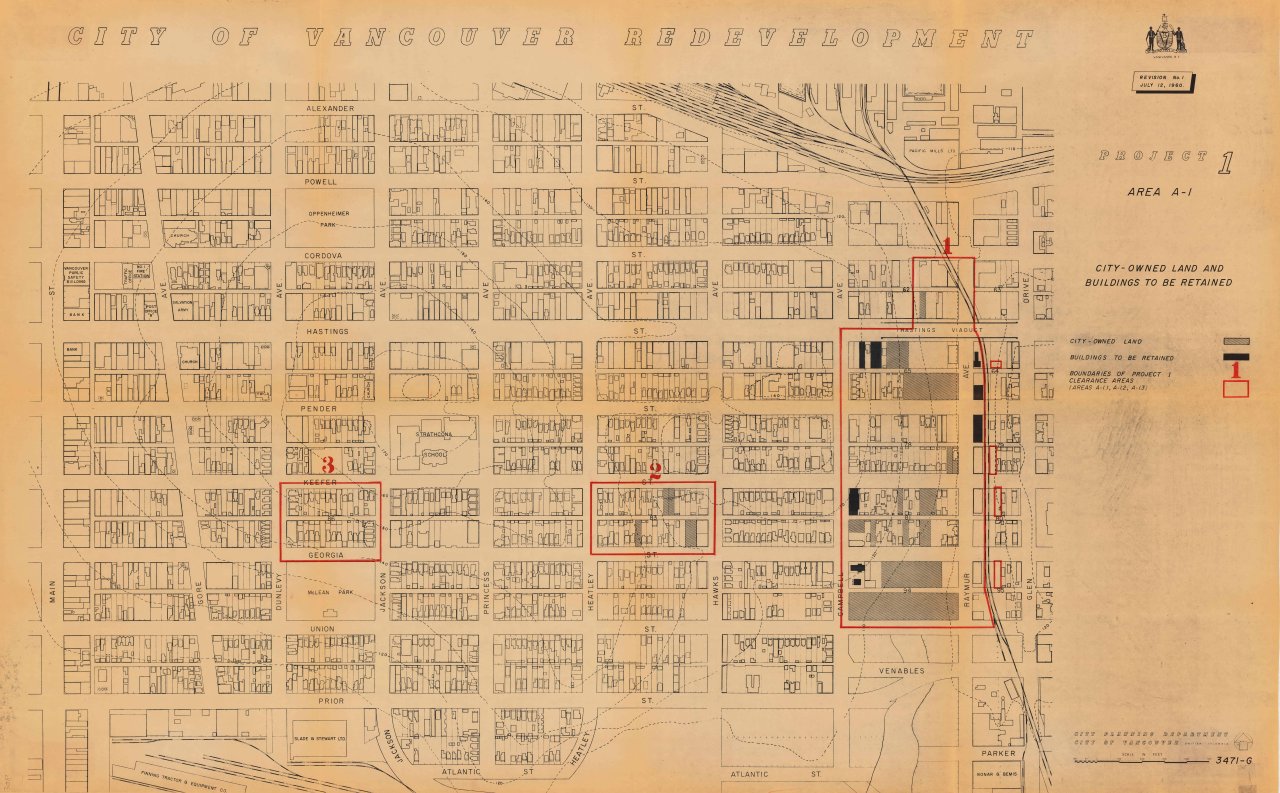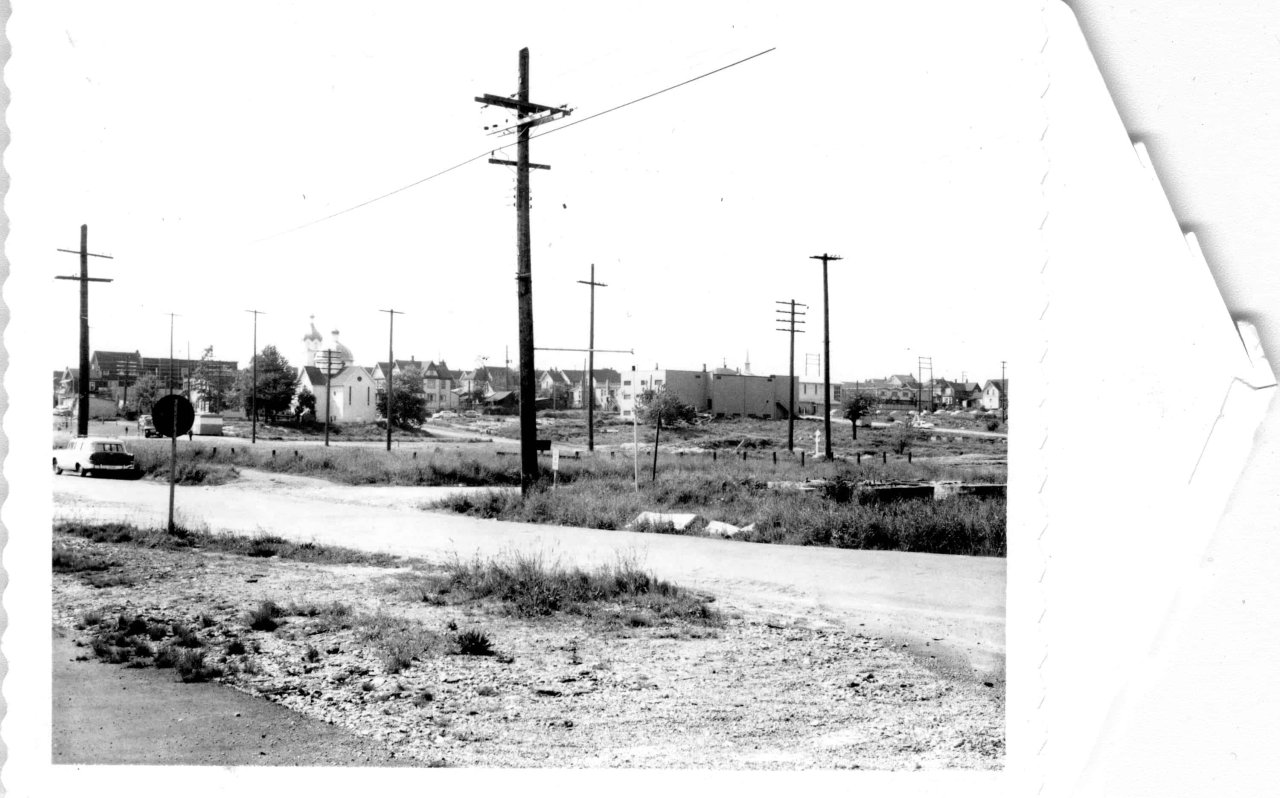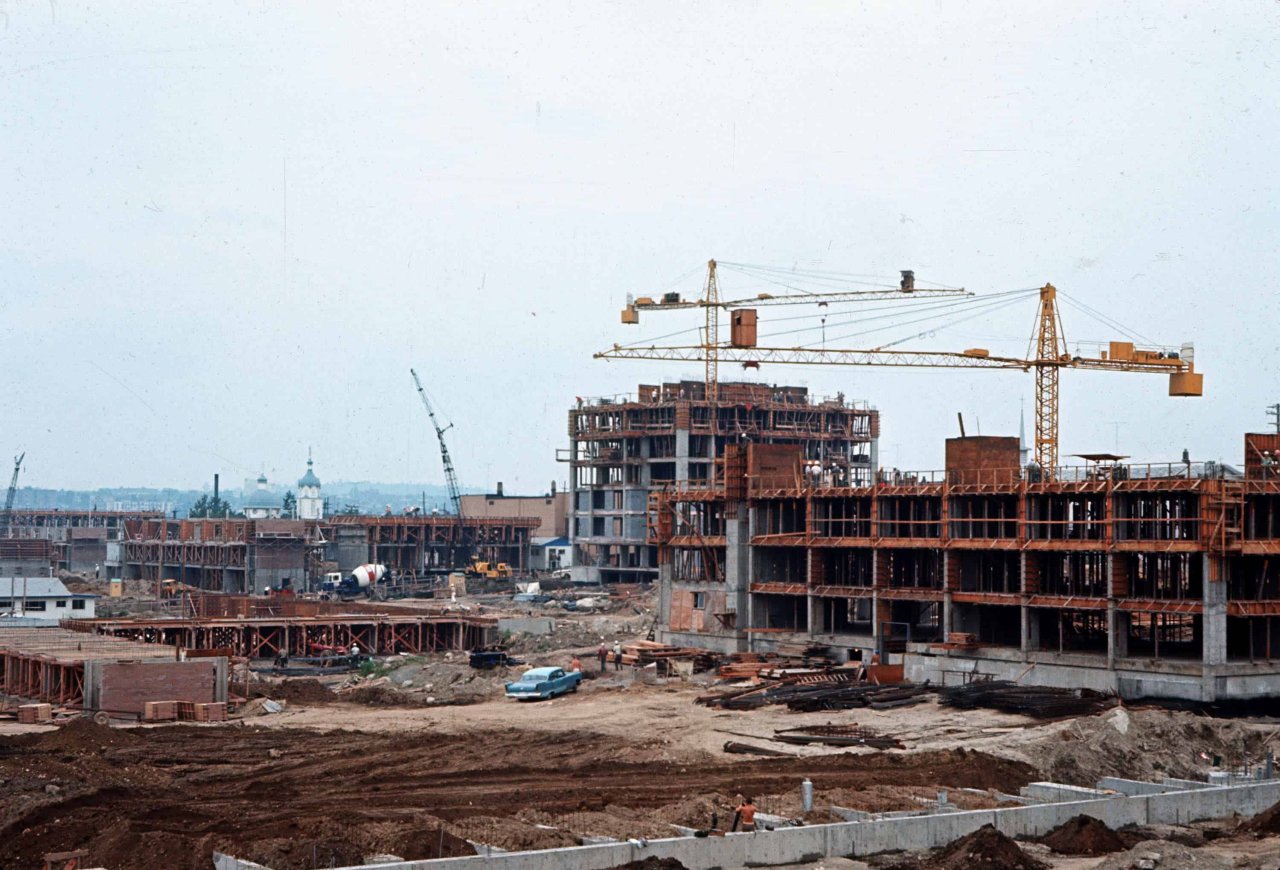Overview
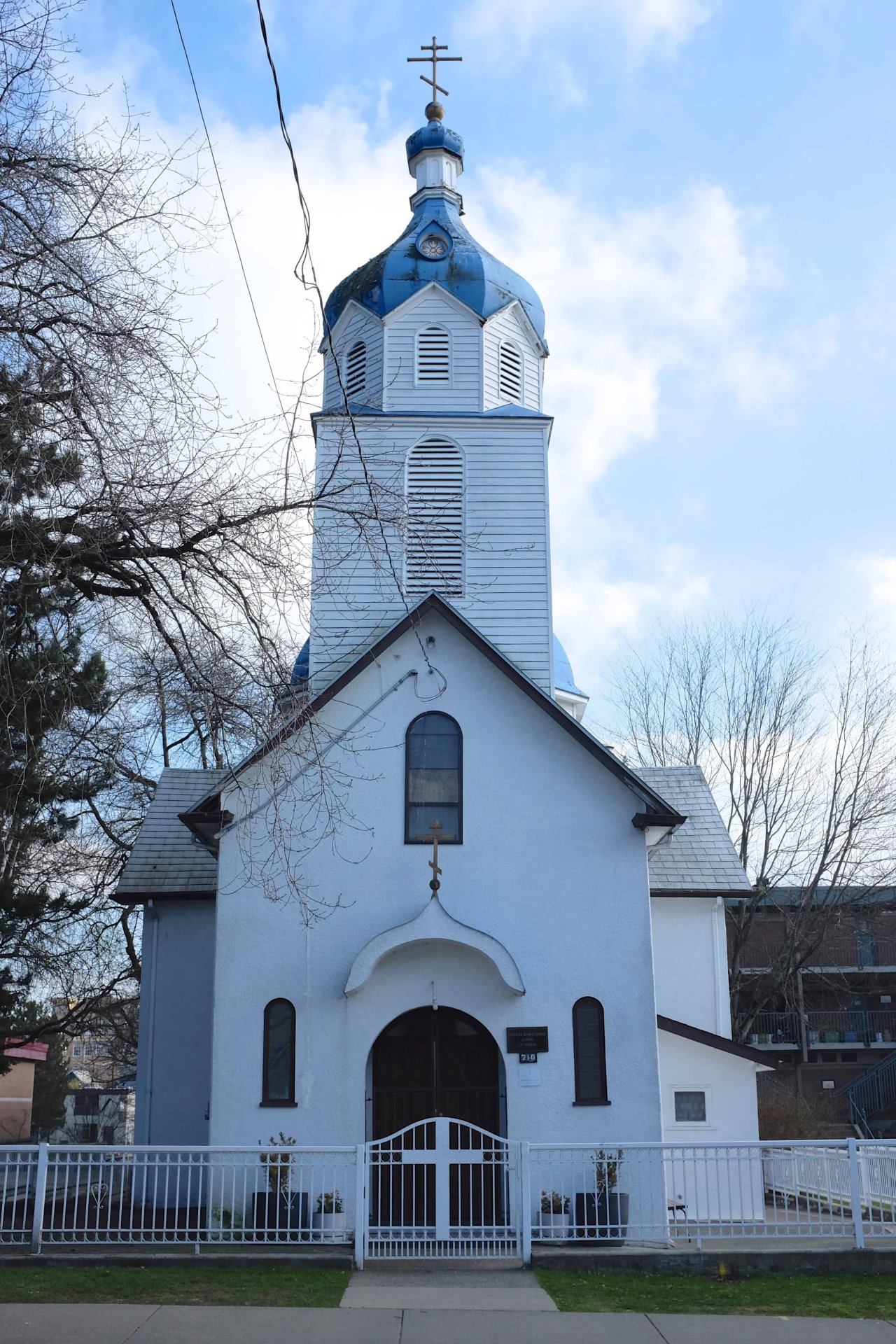
Address
710 Campbell Ave
Neighbourhood
Strathcona
type
Religious
Description
The Holy Trinity Russian Orthodox Church was built between 1938 and 1940, although construction was not fully completed until 1950. The Church was designed and constructed by Archpriest Alexander Kiziun, a Russian missionary priest, architect and carpenter who had previously served and built churches in Saskatchewan and Alberta. The Church was based on traditional Russian designs for Orthodox temples; comparable architecture can be found in early twentieth-century Ukrainian orthodox churches of the Canadian prairies, and Russian missionary churches in Alaska. Father Kiziun used a variety of salvaged materials from local sources, which, according to civic historian John Atkin, makes the Church “unique in its construction and character”.
The Church is significant for its association with European immigration and political history. Father Kiziun himself immigrated to the United States (and later Canada) in 1916 following the Bolshevik Revolution in Russia. In 1937 he joined the Russian Orthodox Church Outside Russia, a semi-autonomous branch of Eastern Orthodoxy that had been organized in the 1920s by exiled bishops who opposed Soviet control of the central Russian Orthodox Church (Moscow Patriarchate). Kiziun founded the Holy Trinity Russian Orthodox Church to serve the many other Slavic immigrants who lived in the Strathcona neighbourhood, including Russians, Serbs and Greeks. Following his death in 1953, the Church received upgrades to its interior, including its icon screen and other furnishings, thanks to a renewed congregation of immigrants who had left Soviet Russia in the post-war period.
The Holy Trinity Russian Orthodox Church is also one of the few surviving structures of the Strathcona Redevelopment Project, which was an urban renewal plan that razed 30 acres of older housing in order to build higher-density residential and social housing. Phase I of the Project included the consolidation of the megablock surrounding the Church, and construction of the Raymur-Campbell housing project in 1967. The Project displaced at least 860 people, and permanently changed the physical form and community composition of the neighbourhood around the Church.
Source
Holy Trinity Russian Orthodox Church webpage, Strathcona Residents’ Association webpage, Canadian Orthodox History Project, Every Place Has a Story blog
More information
Gallery
Map
Contact
Please Share Your Stories!
Send us your stories, comments or corrections about this site.
